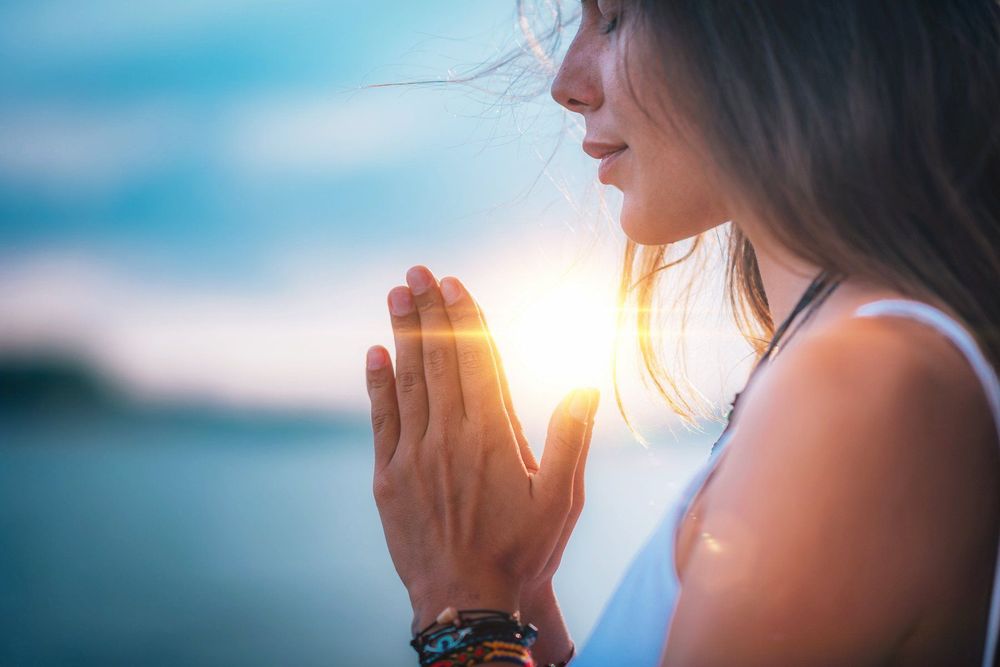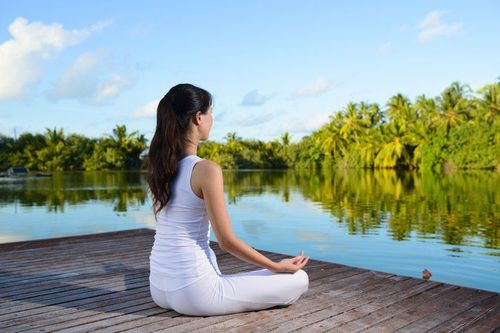This is an automatically translated article.
Posted by Articles advised by Yoga Meditation Specialist Chu Thi Nha - Unit of Regenerative Medicine Clinic and Educational Psychology - Vinmec Times City International General Hospital
Continuation of the previous post “What is mindfulness?” We have discussed the definition of mindfulness. In this article, we will have the opportunity to practice together to have the experience of mindfulness. Please practice regularly "Mindful Breathing" below to have interesting and wonderful experiences like I have been practicing every day. Besides, in the article below, there is also an excerpt from the book "Love stress, love sadness" by author Vo Xuan Dung - a dedicated and talented pediatrician born in Vietnam. and grew up in America.
You breathe almost twenty thousand times in a day. But how many conscious breaths have you taken, how many really refreshing breaths have you taken? Like most, your answer is: “Not much!” The basis of all mindfulness practices is awareness of the breath, also known as "returning to the breath". The breath is the magical gift that brings the body back to the mind, to the here and now. With just three breaths, you can return to the present moment and be free from stress, right here, right now. You should try it out!
Try it out! Mindful Breath
First of all, stop. Stop whatever you are doing, or are about to do, and return to “here” with nothing to do.
Next, pay attention to the natural breath you are breathing, here and now. There is no need to force the breath, no need to breathe deeper or slower. Just pay attention to the natural breath with curiosity and love. Pay attention to the air that enters the lungs, bringing in oxygen and giving out carbon dioxide.
You whisper with your breath, “Breathing in, I know I'm breathing in. Breathing out I know I am breathing out” (Thich Nhat Hanh, 2009,4), or more briefly, “In...Out”
Pay attention to the breath, watching the breath in and out. Notice the breath at the beginning, traversing the middle all the way to the end.
You can imagine that you are floating on the sea, each breath in and out is a wave that lifts you up and down. Float like that to the rhythm of the breath. Pay attention to the nostrils, where you feel the breath coming in and out, or pay attention to the rising and falling of the abdominal wall.
Monitoring the breath is not exhausting work. Mindful breathing induces a feeling of relaxation and comfort. If you feel like breathing, keep enjoying and smiling.

Hơi thở chánh niệm giúp cơ thể và tâm trí thư giãn
If your thoughts wander or are a little distracted, it's okay. The mind is like that, so don't think that you practice "wrong". Take note of that and say to yourself, “My mind has gone astray!” and curiously find out where your mind is at that moment, then gently bring your attention back to the next breath.
You can breathe mindfully like that for three breaths, nine breaths, or if you have time maybe two, three minutes.
How did paying attention to the breath or returning to the present moment happen? Did you notice anything remarkable or unexpected?
You can stop for a minute to breathe mindfully anytime, anywhere. After taking a few mindful breaths, or breathing for a few minutes, you continue to work, becoming more present in the present moment. Notice whether returning to the breath brings about a change in your day.
The breath is always there, sustaining your life, nourishing your body and mind. Can you learn to be present for your breath?
You can do mindful breathing according to the instructions in the above article to have enjoyable experiences, relieve stress.
Please dial HOTLINE for more information or register for an appointment HERE. Download MyVinmec app to make appointments faster and to manage your bookings easily.













